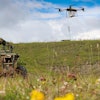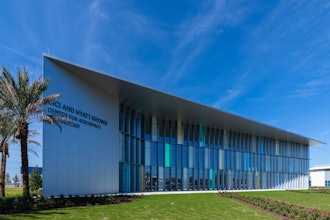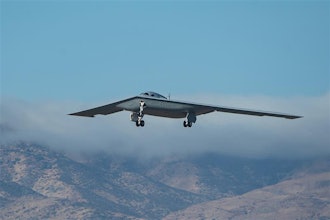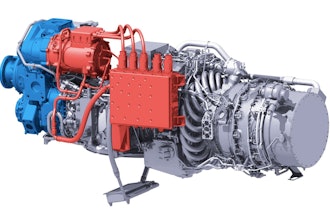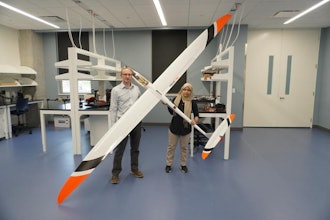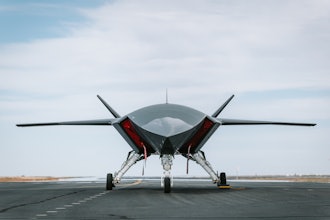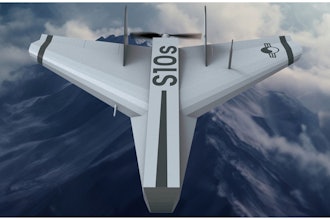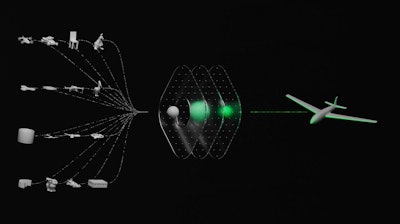
PhysicsX, a London-based start-up bringing the power of generative AI to enable breakthrough engineering in advanced industries, has launched the first Large Geometry Model (LGM) for aerospace engineering, LGM-Aero, and a publicly accessible reference application, Ai.rplane, to showcase its power in designing aero structures.
Ai.rplane allows engineers to generate innovative aircraft designs in an infinitely wide design space and instantaneously assess the designed aircraft's potential performance.
Developed and provisioned on AWS, LGM-Aero was trained on more than 25 million meshes, representing more than 10 billion vertices, and a corpus of tens of thousands of Computational Fluid Dynamics (CFD) and Finite Element Analysis (FEA) simulations generated with Siemens Digital Industries tools. It is a fully trained model that generalizes to a broad set of aeroelastic applications. It also infers aero performance, flight stability and structural stress for a large class of flying shapes as a zero-shot model. This technology creates geometry and assesses performance results in less than a second, compared to the several hours required for traditional numerical simulations.
In one seamless operation, the technology creates novel designs, predicts lift, drag, stability, structural stress and other attributes for each shape, then optimises the design according to the user's preferences. When used in industrial applications, this workflow reduces development time from months to hours.
LGM-Aero was developed using an extensive set of simulation technologies from Siemens to automate and scale the generation of high-quality training data, as well as AWS Batch and Amazon EC2 to scale compute during training. It is available on the PhysicsX AI engineering enterprise platform, which is trusted by some of the most sophisticated engineering and manufacturing organizations across advanced industries.


